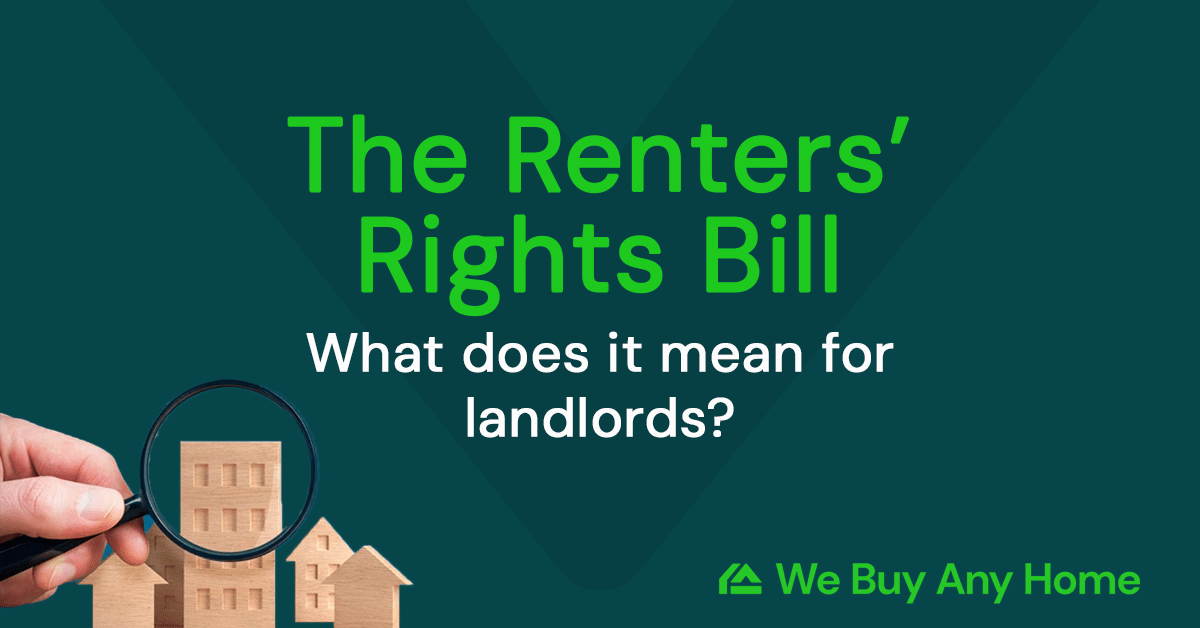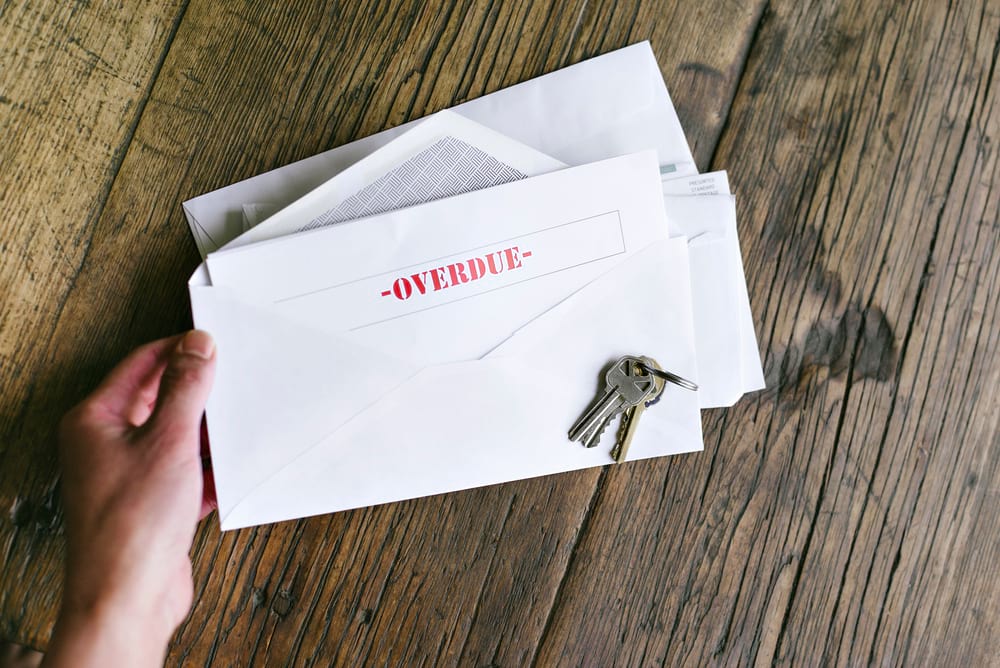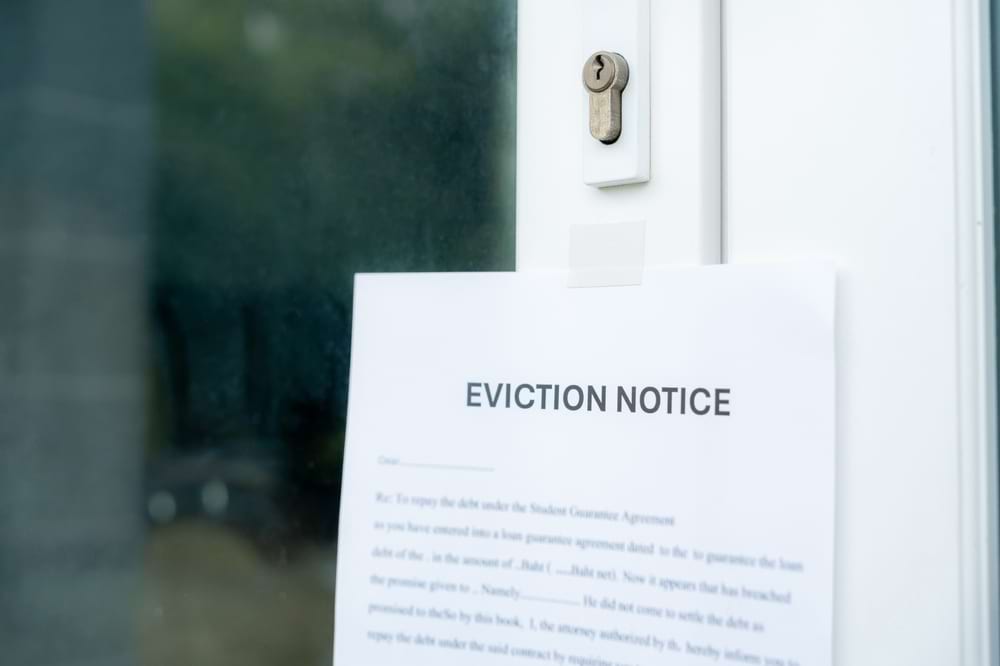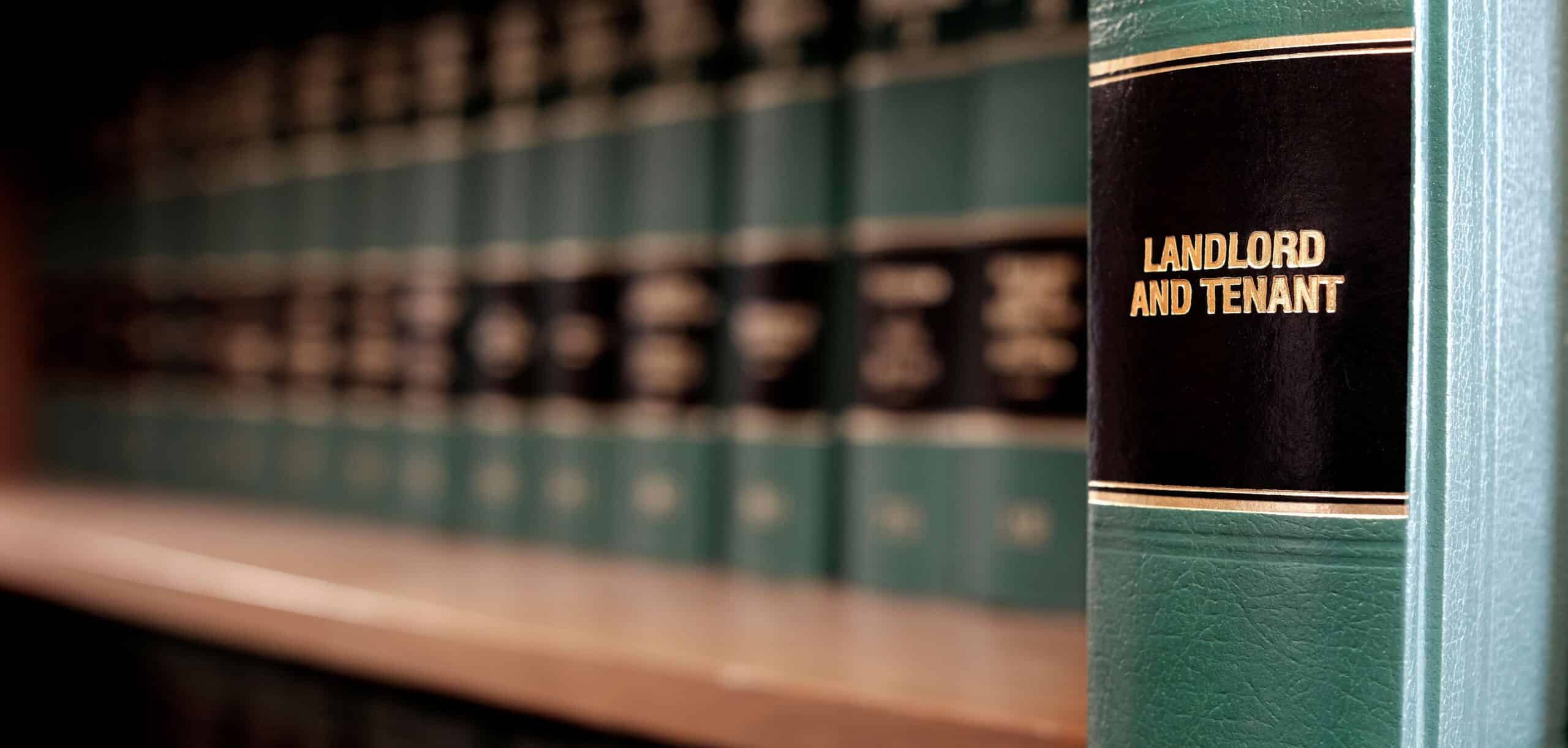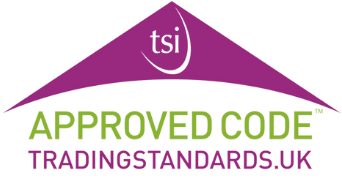People can be evicted from a UK property for several reasons.
Circumstances determine which type of eviction occurs.
Read on to learn about the most common ones.
The Renters’ Rights Bill and Section 21 (no-fault) evictions
Until late, 2025, Section 21 evictions (also known as ‘no-fault’ evictions) were one of the most common types of eviction in the UK.
Landlords didn’t need a reason for issuing them. However, they must give the correct notice period to tenants.
Tenants can still be kicked out – even if their behaviour has been perfect and they’ve made all their payments. But this only happens when their fixed term ends.
However, the Renters’ Rights Bill (currently due to be enacted in late 2025), significantly changed this.
Landlords can still issue notices for tenants to leave so that they (the landlords) can sell their property.
However, they must now prove that they will sell the property. And they must give a minimum of four (as opposed to two) months’ notice.
Section 8 evictions
Section 8 evictions (also known as for cause evictions) are the other common type of eviction.
Landlords need a valid reason – and evidence – for evicting tenants with these, for example:
- Rent arrears
- Breached tenancy agreements
- Problem behaviour.
There are 17 grounds for eviction under Section 8. Some are mandatory and some are discretionary.
In both cases, landlords do not need to wait until the end of the fixed term period.
Leasehold issues
Freeholders also use these to evict leaseholder who are breaking their lease terms.
They can also evict leaseholders if their leasehold expires.
Property repossession and/or foreclosure
It’s not always landlords or freeholders who evict people.
Even if you own your home, you can be evicted by a mortgage lender if you fall into arrears. They’ll apply for a repossession order to make this happen.
Your house will be foreclosed following a court order. At this point, it’s owned by the lender. They can sell it or retain ownership if they wish.
Standard possession orders
Standard possession orders are another way for landlords to remove troublesome tenants or homeowners to remove squatters. It comes in three forms, depending on the circumstances:
- Outright
- Suspended
- Postponed.
The tenant usually has 14 days to leave the property if the order is granted. A judge enforces this decision.
Accelerated possession orders
Accelerated possession orders can only typically be used for no-fault evictions under Section 21 notices.
Landlords often prefer this type of eviction because it’s faster. It doesn’t usually need a court hearing, unless:
- There’s a dispute about the validity of the notice
- The tenant raises an appeal based on exceptional circumstances.
Leasehold expiries
Not all evictions involve landlords and tenants. When leaseholds expire, freeholders can evict the former leaseholders.
This happens less often than other types of eviction. In part, this is due to the relatively long span of time leaseholders have to prepare.
